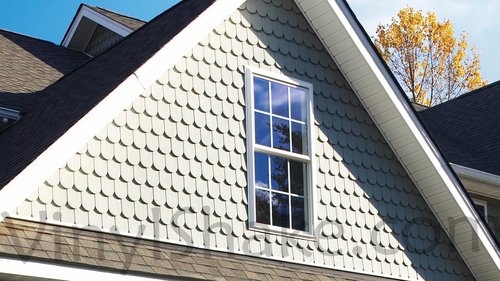Seeing a stain on your on siding is common, especially without routine maintenance on your home. Part of the reason staining is so common on siding is that there are several different types. In this article, our objective is to list the types of stains most commonly found on the side of your home and what tends to cause them.
Common Stains on Siding
Dirt
Dirt is the most basic stain you will see on your home. There are many ways that dirt attaches itself to your siding, some of which are caused by the elements. For example, if there is a bad storm with a lot of wind, loose dirt and mud can be blown through the air and end up on your home. Inversely, you can also cause dirt to end up on your siding while you are landscaping or something similar around your home.
Algae
If you are seeing green stuff on your siding, primarily found on the northside of the home, it means that algae has attached itself to the siding. Algae is one of the most common growths that homeowners will see on their home. The origins of algae on siding are not always clear, but the most frequent source comes from bodies of water. For example, Lake Erie houses algal blooming that is worsened by sewage and runoff into the lake. This pollution allows the algae to feed and grow, which it will do once it becomes airborne and begins to attach itself to and feed off the dirt on your siding. While algae won’t cause any structural damage, it can embed itself into the siding if it is not addressed.
Mold and Mildew
Mold and mildew forming on siding are caused by the accumulation of moisture on the siding. The likelihood of mold or mildew growing on siding increases when the moisture originates on an area of the home that receives little to no sunlight. Like algae, mold and mildew feed off dirt that is already existent on the siding. Both mold and mildew are fungi, but they have different looks to them. Mold is primarily green or black in color while mildew tends to range from white to yellow. Mold should especially be removed due to the health risks it poses.

